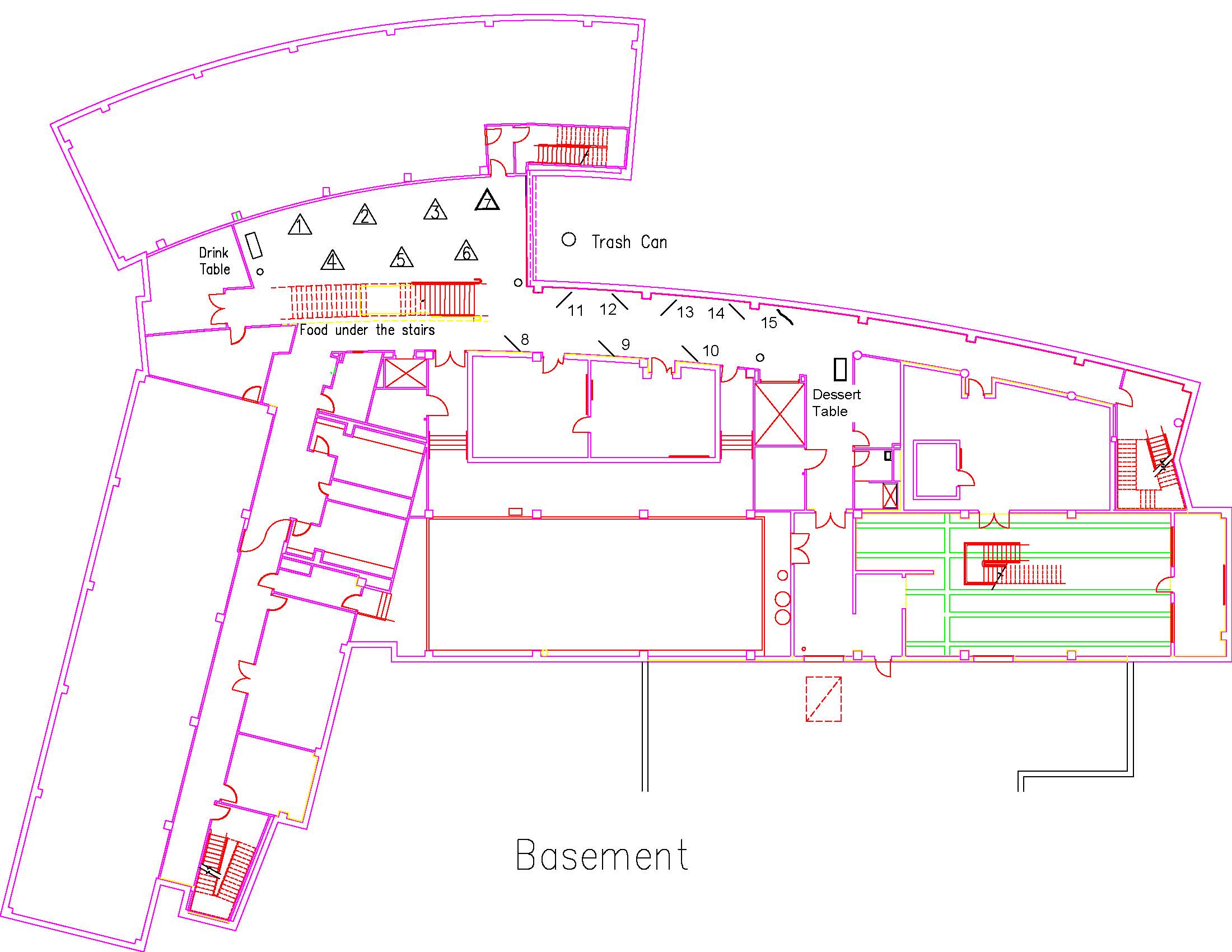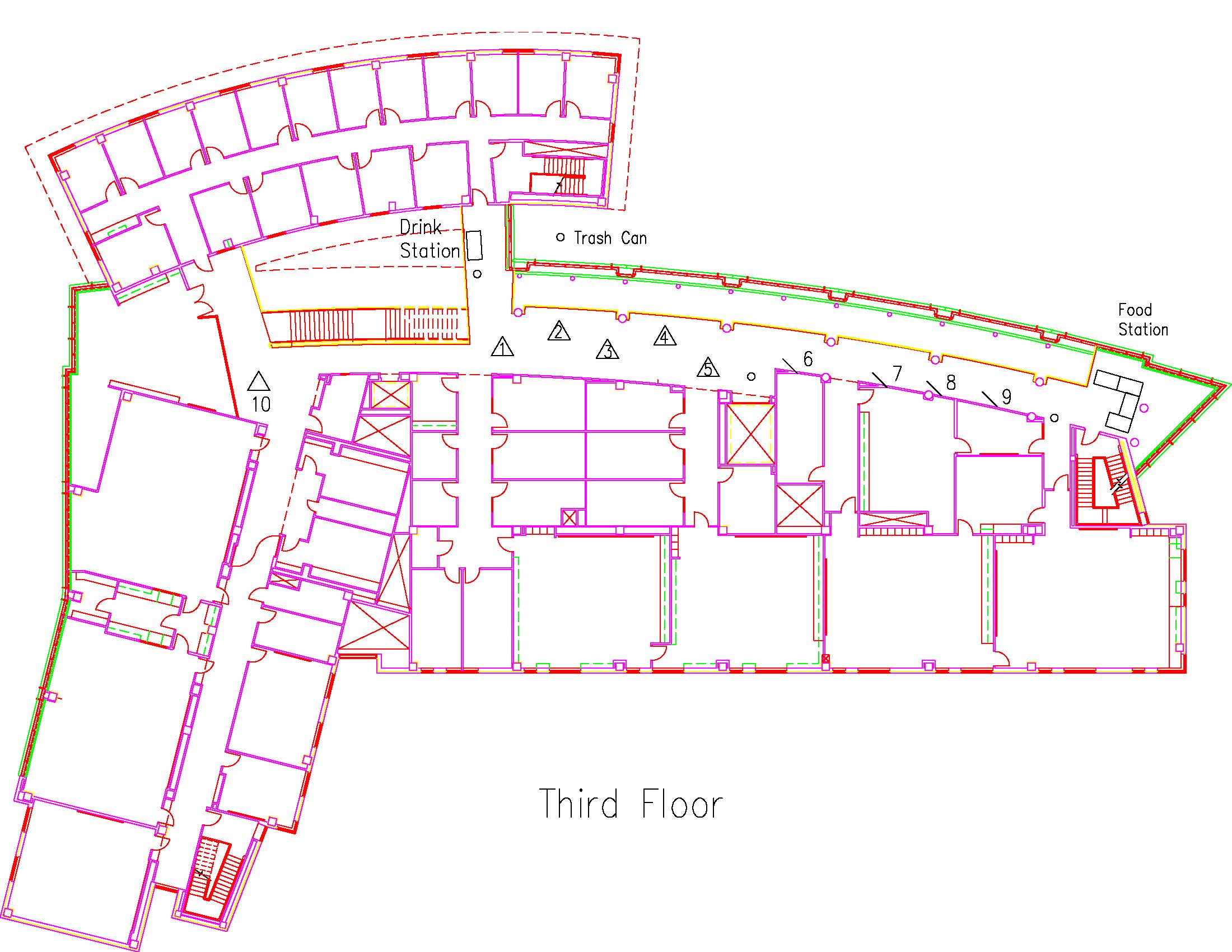GEOL2019STIEFFEL51148 GEOL
Evidence for an Old Parana delta and Diachroneity in Global Highstands
Type: Graduate
Author(s):
Rodney Stieffel
Geological Sciences
Advisor(s):
John Holbrook
Geological Sciences
Location: Session: 1; 2nd Floor; Table Number: 4

View PresentationThe highstand deltas of the Holocene tend to each initiate with the peaking of eustatic sea level rise at about 7000 y.b.p. While generally tied to this time, the initiation of highstand shorelines is not necessarily synchronous. Local impacts on relative sea level can impact this timing. In particular, the Parana Delta, Argentina, appears to have initiated as early as 8100 y.b.p., well before the global sea level peak and potentially before any comparable highstand shorelines. The Parana Delta encompasses an area of ~17,400 km2 enclosed in the Rio de la Plata estuary, growing steadily at a rate of approximately 2 km2 yr-1 for roughly the past 6000 yrs. This deltaic system has shifted from fluvial, to wave-dominated, and then back to its present day fluvial dominated system. Aerial and satellite imagery, shallow boreholes, radiometric dating of shells and sand, and Ground Penetrating Radar are used to define the distinctive sedimentary features of the delta. New data from the upper part of the delta indicates the Parana Delta initiated well before the 6000 y.b.p. previously reported. Sediment cores collected from across the upper delta are used to identify sedimentary facies and construct a stratigraphic framework. Three OSL samples collected from the oldest set of beach ridge s indicate the first ridges formed approximately 8100 years ago. These beach ridges are <3 m above sea level and argue for an early peak in relative sea level. Highstand strata are about 6 m thick above a thin (1-2 m) condensed section above transgressive shoreface deposits. The Parana delta initiated at least 1500 years before the sea level peak. Assumptions of synchronicity of highstands with eustatic sea level accordingly must be tempered with comparable allowance for local error.
GEOL2019TALBERT42796 GEOL
Lower Permian and Pennsylvanian Stratigraphy and Shale Gas Potential of the Palo Duro Basin
Type: Graduate
Author(s):
Brendan Talbert
Geological Sciences
Advisor(s):
Cheyenne Xie
Geological Sciences
Location: Session: 2; Basement; Table Number: 11

View PresentationThe Palo Duro Basin is a northwest-southeast trending cratonic basin in the Texas Panhandle that formed from uplift of the Amarillo/Wichita Mountains during the Pennsylvanian, and subsequent subsidence during the Permian. Sediments were deposited in a number of environments, the most prominent being fan-delta, carbonate shelf, and deep basin settings. Major lithologies in the Pennsylvanian are granite wash, shelf-margin carbonates, and basinal shales, while the Permian hosts the same lithologies, as well as numerous evaporites and red-bed sequences.
This study analyzes log data from 100+ wells in the Palo Duro Basin to correlate and determine the lateral extent of different facies throughout the basin during the Pennsylvanian and Permian. Cross-sections made will help to generate isopach, structure, and other geological maps to identify areas where further geochemical and/or petrophysical analyses can be performed to evaluate Pennsylvanian and lower Permian shale gas potential of the Palo Duro Basin. This project will establish a more detailed stratigraphic framework of Pennsylvanian and lower Permian aged sediments of the basin, as well as determine source rock quality and thermal maturity for potential shale gas plays within the Palo Duro Basin, with a more thorough look along the southern fringes of the basin near the Matador Arch.
GEOL2019TERRELL64068 GEOL
Pennsylvanian and Mississippian Stratigraphy, Little Hoss Ranch, Johnson County, Fort Worth Basin, Texas
Type: Graduate
Author(s):
Aro Terrell
Geological Sciences
Advisor(s):
Richard Denne
Geological Sciences
Location: Session: 1; 2nd Floor; Table Number: 7

(Presentation is private)The primary objective of this study is to test my hypothesis that the stratigraphy within Little Hoss Ranch is very complex and diverse but correlative to the surrounding strata of similar depth and characteristics. The second objective is to identify characteristics of the stratigraphic facies to better aid in the production via recompletion or other determined methods within the Little Hoss area. Seismic data that will be analyzed within Little Hoss Ranch are made available by TEP Barnett. Seismic analysis will be done using Kingdom and will be assisted by the TEP geophysicist when possible. The goal is to use these data to better identify faults and other significant structural features within the area as well as the Barnett Shale stratigraphy for LHR. A map will be made using the seismic data and logs will be included in the map for reference and quality check purposes. The seismic, well log, and cutting data for the LHR that will be analyzed was originally acquired by Chesapeake as early as 2008 and is now owned by TEP, Barnett. 127 well logs will be analyzed using PETRA, within and immediately adjacent to the Little Hoss Ranch area, to better correlate and map the stratigraphy within the Little Hoss Ranch and will be tied to the LHR wells with surrounding wells in Johnson County and Tarrant County to create regional cross-sections. An additional cross-section will be created with the wells to the north in Tarrant County to display structural trends and stratigraphic facies correlation. The 127 LHR wells will be used to create a detailed structure map that can be compared to the seismic time structure map. The BHT will be used from the well logs as well as production data (oil to gas ratio) to determine if differential thermal maturity occurred within the area The overall goal of this project is to analyze the stratigraphy and structure of the Barnett Shale play within the Little Hoss Ranch confines and to identify any geologic effects or geologic solutions to marginal production for the area of study. Seismic data, well-logs, core and cuttings, mud-log descriptions, and background literature research will be used to conduct a thorough investigation into the stratigraphy affecting the LHR. The wells in the LHR will be used with wells in northern parts of the Fort Worth Basin to create a cross section spanning a larger area. This will help to better correlate the stratigraphy for the basin and help identify depositional and erosional changes in the Fort Worth Basin. Additionally, the OGIP data and calculations will be used to help define what the remaining hydrocarbon value is for the Barnett Shale within LHR.
MATH2019RABBY57606 MATH
Invariants of Triple Conics in Projective Three Space
Type: Graduate
Author(s):
Fazle Rabby
Mathematics
Advisor(s):
Scott Nollet
Mathematics
Location: Session: 1; Basement; Table Number: 12

View PresentationAn algebraic curve is a one-dimensional set defined by polynomial equations, such as a parabola in the plane (given by y-x^2=0) or the z-axis in the space (given by x=y=0). Let Y be an algebraic curve. Then a multiplicity structure on Y is another curve Z, which as a set has the same points as Y but with a higher and fixed multiplicity at each point. For example, the y-axis in the plane is given by the equation x=0 and if we intersect it with horizontal lines, say with y-b=0, we get the points (0,b) on the y-axis. Now if we take the line given by x^2=0 and intersect it with the horizontal lines as above we get the points (0,b) with multiplicity 2. Hence we call the later curve a double structure on the previous one. Similarly the equation x^3=0 gives a triple structure on the y-axis in the plane and so on. Structures like these might sound naive but they are crucial to understand the behaviors of families of curves. For example, the family of parabolas ty-x^2=0 deforms into the double line x^2=0 as t approaches 0. Although the notion of multiplicity is pretty geometric, we can use tools from abstract algebra to make it rigorous. This makes the subject challenging and yet very interesting at the same time. Classifying the multiplicity structures on a curve is still a wide open field in algebraic geometry. It is now well understood how the double and triple structures on a line look. A natural question then arises how do the double and triple structures look on conics? It turns out that the answers are much more complicated than for lines. In this poster I am going to show some of my research in that direction.
MATH2019WAGNER64069 MATH
The Crossed Product Structure of C*-Algebras Arising from Uniformly Recurrent Subgroups
Type: Graduate
Author(s):
Douglas Wagner
Mathematics
Advisor(s):
José Carrión
Mathematics
Location: Session: 1; 3rd Floor; Table Number: 2

View PresentationA group is a mathematical construct that represents the symmetries of an object. These symmetries transform the object through what is called a group action. Graphs—Cayley graphs, in particular—provide a rich source of symmetries for forming groups. A graph and its group action can be modeled by a collection of infinite matrices known as a C*-algebra. In a paper in the Journal of Functional Analysis, Gábor Elek used dynamical systems called Uniformly Recurrent Subgroups (URS) to construct a new type of C*-algebra. We relate this C*-algebra to a well-known construction called the crossed-product. This reinterpretation more prominently displays the group action, which proves useful as we further study the C*-algebra’s structure.